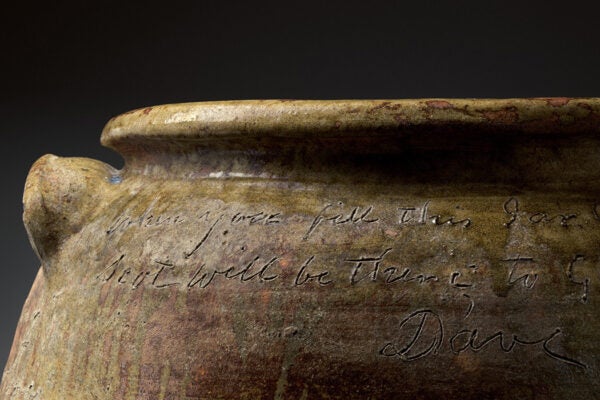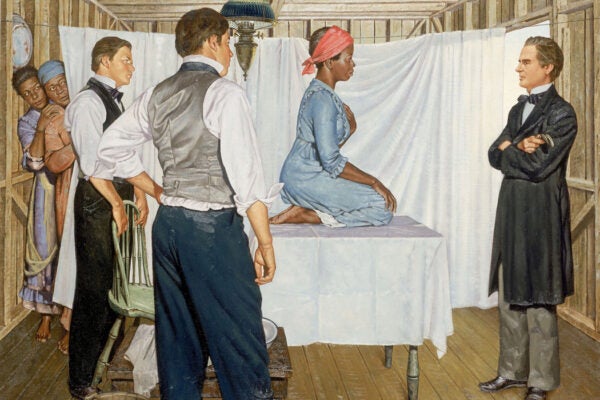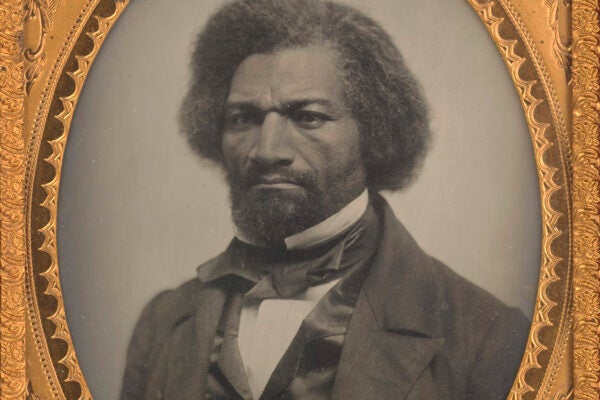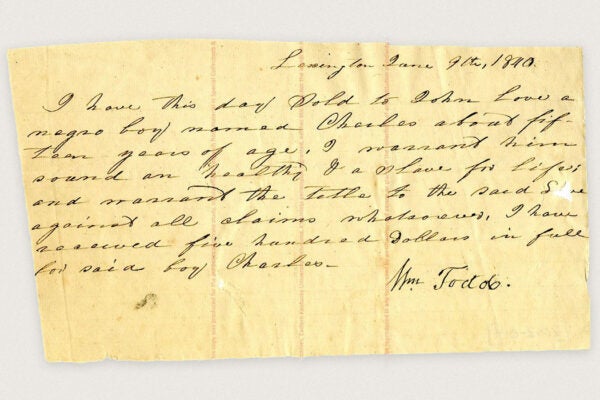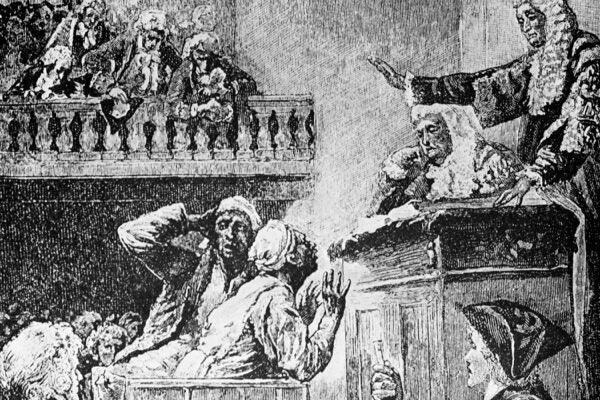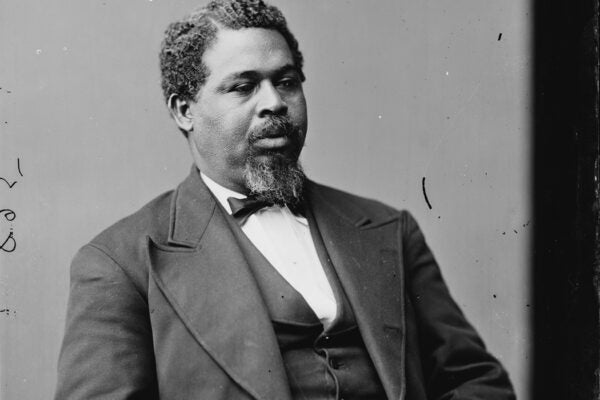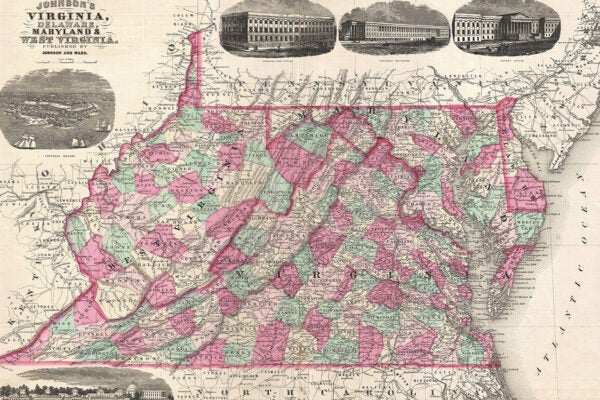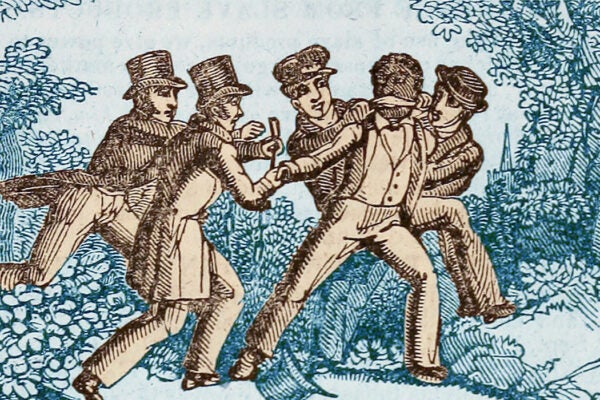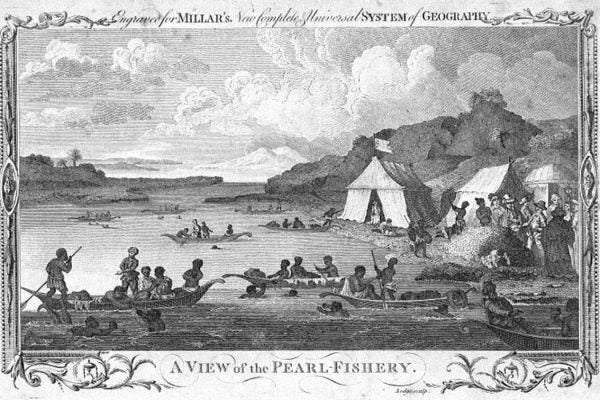Race, Prison, and the Thirteenth Amendment
Critiques of the Thirteenth Amendment have roots in a long history of activists who understood the imprisonment of Black people as a type of slavery.
Dave the Potter’s Mark on History
An enslaved African American in South Carolina did the unthinkable, writing his name on the walls of his vessels—and forever inscribing history.
Legacies Lost and Found
Say Anarcha tells the story of the enslaved women experimented on by a self-aggrandizing gynecologist. Its related online archive aims to reinvent the nature of bibliography.
“What to the Slave is The Fourth of July?”: Annotated
On July 5, 1852, Frederick Douglass gave a Fourth of July speech that became his most famous public oration.
Eastern Kentucky University American Slavery Collection
Sixteen documents, including slave bills of sale, tell the cruel story of the enslaved lives that were listed in ledgers.
Was the Conspiracy That Gripped New York in 1741 Real?
Rumors that enslaved Black New Yorkers were planning a revolt spread across Manhattan even more quickly than fires for which they were being blamed.
Using Data to Discover and Explore the Stories of Enslaved People
Enslaved: Peoples of the Historical Slave Trade brings together datasets from multiple sources in a single free website that anyone can use.
Emancipation Comes to West Virginia
The Emancipation Proclamation exempted border states from the demand to free enslaved people. But what about West Virginia, which wasn’t yet a state?
Kidnappers of Color Versus the Cause of Antislavery
Thousands of free-born Black people in the North were kidnapped into slavery through networks that operated as a form of “Reverse Underground Railroad.”
African Swimmers in American Waters
Although most enslaved people worked in the fields, captive workers with strong swimming and diving skills were also exploited by plantation owners.

